An “air break switch’ is a switchgear device that uses air as the dielectric. Air Break Switches (ABS) are widely installed throughout distribution networks for use as both isolation or switching points.
They are usually employed in outdoor installations. Special Arcing Horns are provided to quench the arc which occurs when the current is interrupted. These switches are usually operated by a handle which is located at the ground level. Their operation can also be mechanized.
Use of Air Break Switch
Air Break Switch Disconnectors are a vital part of any overhead line network, providing crucial points of isolation.
Most overhead line networks are designed so that when a fault occurs or maintenance work needs to be carried out it is relatively simple, by means of a systematic series of switching operations, to isolate a certain section of the overhead line.
When this switching process is carried out it is absolutely imperative that the Air Break Switch Disconnector is reliable and effective.
The triple pole air break switch is gang operated and designed for outdoor application. The switch is intended for switching of the Transformer, Overhead lines, and Cables from the distribution system.
Types of AB Switch
- Single Pole Air Break Switch
- The Gang Operated Air Break Switch
It can be operated manually using either a handle/ratchet mechanism or an insulated ‘hook stick’ made either of wood or fiberglass.
Air Break Switches are installed in either horizontal or vertical (Pole Top or Mid Pole) configurations. Air break switches can be found either in substations or out on the distribution system – either pole top or in pad-mounted metal enclosures.
Breakers, Reclosers, and Disconnectors
Circuit breakers can be designed using air, oil, vacuum, or SF6 gas as the dielectric. Circuit breakers are only found in substations.
1. Recloser
A recloser is a lot like a circuit breaker both in function and also the choice of the dielectric. Reclosers typically have less short circuit interrupting capacity than breakers, but they are designed to automatically reclose to restore the interrupted circuit.
The reason for that is that most (typically, more than 80% of the faults on overhead distribution circuits are self-clearing (tree branches, small animals, etc) and can be restored if the circuit is allowed to remain de-energized for 10-15 seconds so that the ionized air in the vicinity of the fault can dissipate. Reclosers are much less expensive than breakers.
2. Sectionalizer / Isolator
A sectionalizer/isolator is a device that is applied out on a distribution circuit that is intended to determine that a fault is located downstream of the recloser.
The principle of operation is that once the sectionalizer/isolator makes the determination that the problem is downstream, it can open, and then an upstream reclosing device (either a recloser or a circuit breaker) can automatically reclose to restore service to those loads that are upstream of the sectionalizer.
A sectionalizer/isolator doesn’t have any current interrupting capability but instead relies on the upstream device to interrupt fault current.
3. Disconnector
A disconnector is simply a device that is used to disconnect a load. It can be an air break switch, or it could be a circuit breaker. The name implies the function and is not necessarily descriptive of the device itself. The term ‘isolator’ is a synonym for disconnector.
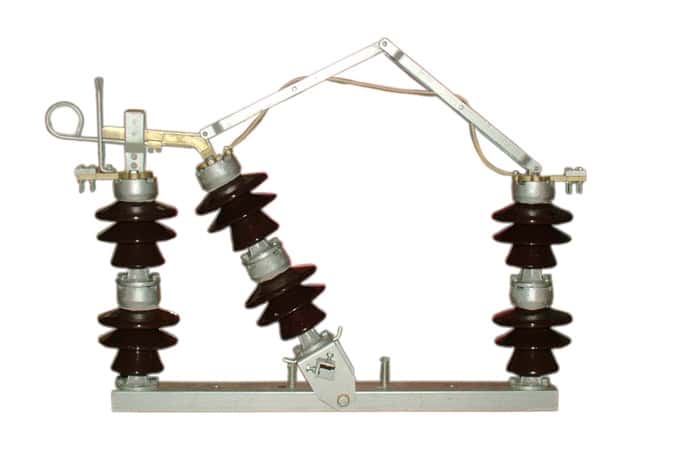
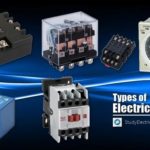
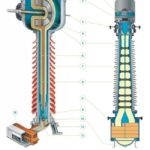
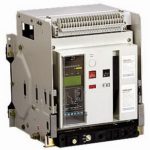
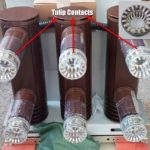
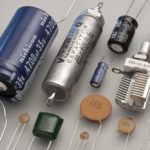
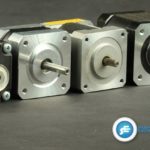
Comments are closed.